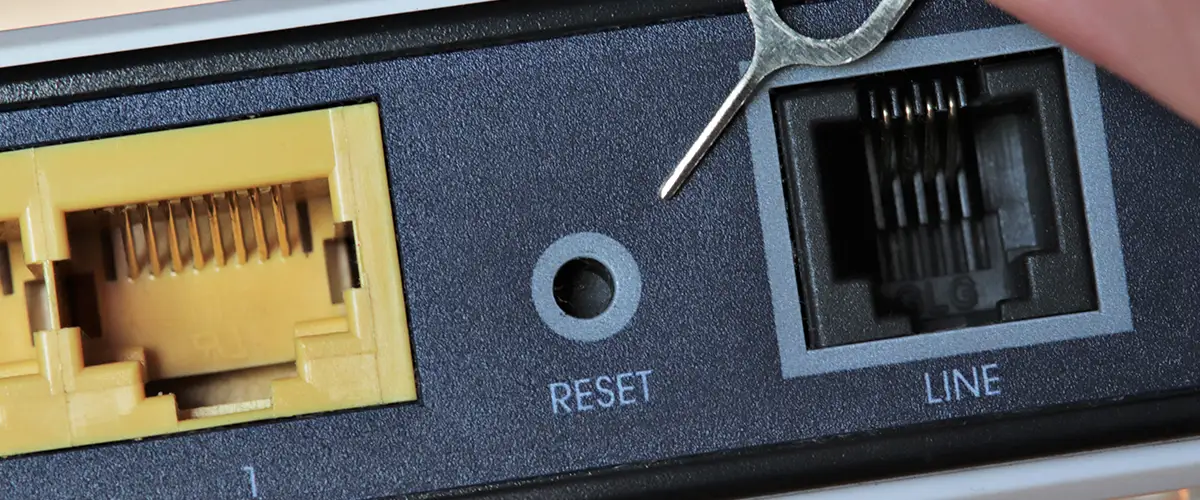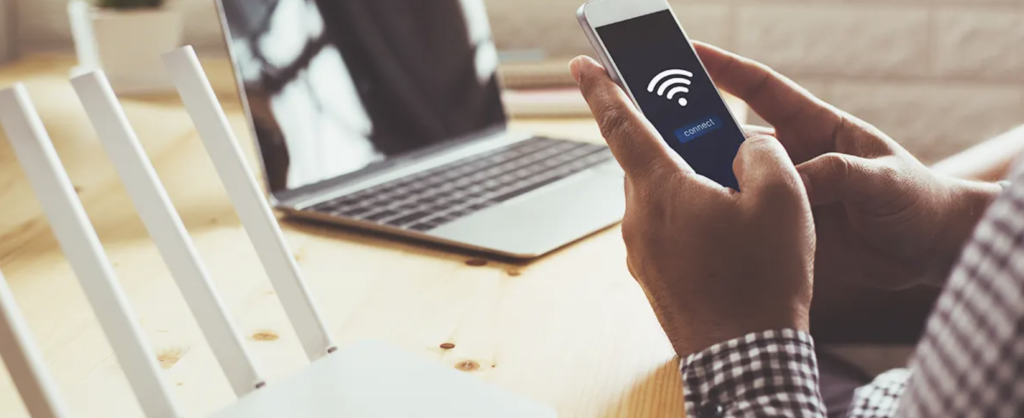As the availability of automated home devices grows, we’re beginning to see more homeowners choose to adopt smart home solutions for comfort and convenience. As of November 2020, there were already over 47 million smart households in the United States. Unfortunately, the surge in demand has led some manufacturers to cut corners with device security, leading to some horrifying privacy breaches. Hacked baby monitors and surveillance cameras, data loss, and identity theft have all made headlines. There’s no question you should be wary of becoming the next victim when you bring new smart devices into your home. However, while there will always be risks, there are steps that our team at Audio Video Concepts recommends you take to shelter your home’s assets and data.
Lock Down Your Router
Did you know you have a digital doorway to your home? Your router acts as the entry point to the rest of your devices, so it’s worth investing in one with a sturdy reputation for security. A poorly secured router is like a door left wide open for hackers, but there are additional measures that can hinder their efforts. When you install a router, it’s crucial to change the default admin password, choose a network name that doesn’t have any personal details like your surname, and update it to run the most current firmware. Some routers allow you to have several networks, each with a separate name and password; you could set up your smart home devices under a separate Wi-Fi network than the one you use for cellphones or work devices. If a hacker makes it through your smart home device router, they will still find themselves separate from your sensitive information. A guest network is also useful so visitors can’t mess with your systems either.
Add an Extra Layer with a Cloud Service
A cloud service is well worth the investment for your peace of mind. Service providers such as Vivint and ADT work hard to protect your network by managing and securing homeowner devices. Without a cloud service, homeowners must remember to manually check the system’s security. An often tedious and confusing task. A cloud service, on the other hand, layers on extra protection by requiring two-factor authentication plus a lengthy password to gain entry to the account. Speaking of passwords, they should always be devoid of personal information, complicated, different from each other, and combine letters and numbers for every device and account.

Consider the Risks and Benefits
It’s impossible to 100% fully secure any system infrastructure, but mitigating risky situations is possible. Whenever you consider adding a smart device to your existing system, consider all the risks that come with its installation. Is the possibility of a hack worth the convenience and service it provides? If not, don’t bring it into your home! The most vulnerable devices within your home include your outdoor devices that possess embedded computers with little to no security, which include wireless doorbells, smart sprinklers, and garage door openers. Anyone with a computer or Wi-Fi transmitter near your network can potentially hack these devices. The next most vulnerable devices include interior gadgets like smart switches, doors, thermostats, CCTV cameras, baby monitors, lights, and personal voice assistants that can be controlled via smartphone or app. The least targeted devices are smart refrigerators and ovens, but we still suggest securing these as well. As long as you research particular brands and devices, you’ll be able to make the best choices for your home’s security.
Register and Apply Updates to your Devices
When you unbox a new device, you’re probably excited to integrate it with the rest of your home and begin using it as soon as possible! But first, you should take some security steps. Register it with the manufacturer to keep the software up-to-date and ready to take on bugs, vulnerabilities, and other security issues that pop up. Every time you install an app associated with that device, review the permissions you grant to the app. There’s no reason to give away unnecessary access to personal information. The majority of software developers don’t spend much time on securing smart home devices, so if you notice a vulnerability, report it as quickly as possible so they can fix it. By frequently applying updates to your devices and associated apps, you can protect your system from preventable hacks.

Factory Reset Everything
If you’re ready to give up a smart electronic, you should factory reset the device before you sell, toss out, or gift it to someone else. You can find the manufacturer’s instructions to remove data from every device, which is available online with a quick search. By doing this, you protect your information from the next person who has the device, whether they’re a family friend or a malicious hacker. Smartphone-controlled automated home devices are particularly susceptible to these hacks.
Consider Professional Installation
The most simple thing you can do for your security system is to leave it to professionals like Audio Video Concepts! We can install smart home systems and devices that are tightly secured. We have a team of professionals prepared to do hardwiring work and answer even tough questions dealing with security measures. Contact us today to get one step closer to enjoying a smart home full of secure systems and easy-to-use smart devices.



